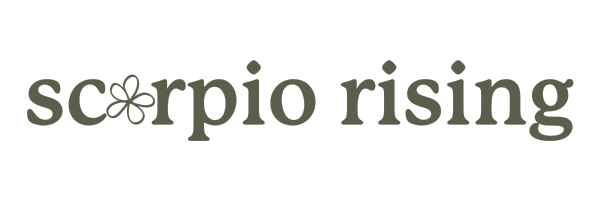Top Podcasts Are Boosting Downloads by Working Smarter, Not Harder — Here’s How
If you’ve spent any time in the content or social media world, you know that repurposing is one of the smartest ways to stay consistent without burning out. Writers turn essays into Instagram captions. Creators turn Reels into blog posts. One powerful quote can become a LinkedIn post, an email hook, or a compelling thread.
Now, top podcasts are doing the same thing—with their RSS feeds.
And it’s working.
Extend How Far Your Content Can Go
Popular shows like The Diary of a CEO are pulling high-impact clips from longform interviews and publishing them as bonus episodes. These aren’t trailers or teasers—they’re repackaged standalone moments of value that offer a second life to content that already exists.
Shows like Almost 30 are also creating “Best Of” episodes with guests like Jay Shetty and Mel Robbins—curated highlight reels that resurface fan favorites and top-performing moments.
Transform recently split one long interview into two distinct episodes, each focused on a separate theme. Same content, double the reach and opportunity for downloads.
Why It Works
Podcast platforms like Apple and Spotify reward consistency and volume. The algorithm favors:
Total downloads per week
How often new content is published
Listener retention and completion rates
By posting multiple short episodes per week—even if they’re just repurposed from previous content—you increase your download numbers and improve your chances of being recommended to new listeners.
According to Podnews and other industry sources, shows that publish 2–3 times per week often see 2–3x the downloads compared to weekly shows, even when the total minutes of content stay the same.
A Realistic Strategy That Saves You Time
This might sound like more work, but here’s the truth: you’re probably already doing most of it.
We typically pull 5–7 standout moments from each episode for social media. We use Descript to highlight those moments and create separate compositions for editing. That means the best content is already flagged, trimmed, and easy to access—perfect for turning into a short-form bonus episode or best-of reel.
This strategy also works as a safeguard.
If a guest flakes, if you get sick, or if you want to take a vacation, having repurposed content ready to go can keep your feed consistent without the stress of recording something new. It’s one of the easiest ways to support the longevity of your show while giving yourself breathing room.
How to Start Using This Strategy
Highlight the Best Moments: Use Descript or manual timestamps to identify 5–7 clips per episode that stand on their own.
Create Mini Episodes: Publish them as bonus content with clear, compelling titles that highlight the value.
Compile “Best Of” Episodes: If you’ve had a guest who performs well every time, or if you’ve discussed recurring themes, gather clips into curated recaps. This is why it’s so important to keep track of your downloads and analytics to inform future episode content!
Break Up Long Interviews: If an episode naturally splits into two topics or themes, consider publishing it in parts. Remember, the general sweet spot for podcast playtime is 20-40 minutes.
Batch Ahead When You Can: Creating a few of these in advance gives you backup episodes you can rely on during busy seasons, unexpected interruptions, or planned time off.
Which Tools Can Help
The good news? You don’t have to do all of this manually. New AI tools are making it easier than ever to repurpose your podcast content—without spending hours editing or rewriting.
Here are a few worth exploring:
Descript: Still one of the best all-in-one tools for podcast creators. Use the “Scene Detection” and “Highlight” features to quickly spot standout moments. Then, with just a few clicks, turn them into separate compositions ready to export as mini episodes.
Castmagic: This AI assistant pulls quotes, timestamps, episode summaries, social captions, and even suggested titles from your audio file—within minutes. It’s ideal for surfacing repurposable gems you might’ve missed and cutting down on post-production time.
Opus Clip: Especially helpful for video podcasters, this tool uses AI to identify the most engaging clips from longform video and turn them into short-form, social-ready videos. It even adds subtitles, cuts to different speakers, and formats clips for vertical viewing.
Swell AI: Designed for podcast teams, Swell AI automatically generates newsletters, blogs, audiograms, and social content from your episodes. It’s great if you want to go beyond bonus episodes and build a full content ecosystem around your show.
Riverside: Known for high-quality remote recording, Riverside also offers AI-generated show notes, titles, and video clips. Their tools make it easy to repurpose interviews into social assets or short-form bonus content directly from the recording platform.
These tools don’t replace your creative judgment—but they can amplify it, helping you do more with less and stay consistent with content that’s already been recorded.
This strategy isn’t about doing more—it’s about using what you already have in a smarter way.
Repurposing content is one of the simplest ways to boost downloads, strengthen your relationship with listeners, and maintain consistency without sacrificing your sanity. And if you’re looking to grow your show, attract aligned sponsors, or build momentum—this is one of the best places to start.
Have you tried this strategy before, or is this inspiring you to start? We’d love to know what you think!
Need support with your podcast? Reach out to us about managing or consulting on your workflow!
